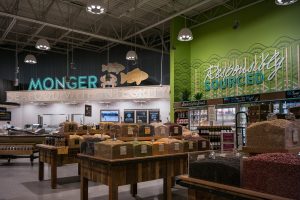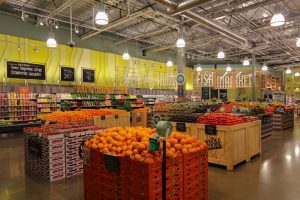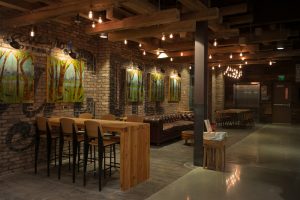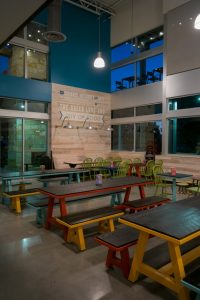What happened to the green movement in retail? Is concern for the environment yesterday’s news?
Actually, there are probably more green retail initiatives than there were 10 or 15 years ago. But they don’t seem to get discussed or debated as much, and seem to have become a lower-priority item on retailers’ agendas.
“Retailers suffer from a form of attention deficit disorder,” says Kevin O’Donnell, founder of North Hollywood, Calif.-based design firm, Thread Collaborative. “Every year, there has been a new hot topic – clicks to bricks, omnichannel, redefining the wallet, digital integration, understanding the millennials and, of course, the recession – another set of challenges to make retailers feel they’re falling further behind.”
David Milne, director of design, North America, for The Wendy’s Co. (Dublin, Ohio), agrees. “Currently, I think, the uppermost talking points in design are how to connect with millennials and Gen Z, how to leverage technology, and how to manage online orders and in-store pickups. I think brands and their customers still care about sustainability in the store, but they’re too distracted by technological and cultural changes.”
While in the past, many retailers jumped through hoops to get some form of green accreditation – such as LEED certification from the U.S. Green Building Council (Washington, D.C.) – they seem more concerned these days with implementing only those environmental initiatives that will ultimately save money.
“During the recession, companies were looking to save money and building green is not necessarily saving money,” says Jim Scarpone, director of business development, Shawmut Design and Construction (Boston). “Even the promises of long-term energy savings lost their impact. Companies were more worried about staying in business.”
Advertisement
After going through a few LEED projects, retailers found parts of the process truly beneficial, like adding skylights and daylight harvesting. “But going for LEED was costly,” says Ken Pray, director of store design, The Kroger Co. (Cincinnati). “It can be as much as a couple hundred thousand dollars per store to process and file.”
Nonetheless, the LEED guidelines gave retail builders and architects a roadmap. Today, few retailers use toxic paints, materials emitting noxious gases or millwork containing formaldehyde adhesives. And efficient LEDs are now the lighting choice for the foreseeable future, even though energy has become cheaper.
“In addition to more energy-efficient HVAC systems, I think LEDs have been the single biggest benefit of the LEED imperatives,” says Kraig Kessel, co-founder of the Kraido design firm in San Francisco. “The benefits in energy efficiency were hard to ignore, even though LEDs were more expensive than other light sources. And in the last five years, manufacturers have made LEDs brighter, even more efficient – and also less expensive.”
“I think we still have the responsibility – cultural, ethical, social – to be considerate of environmentally sustainable issues as we build stores,” says Pray. “It’s true that the clamoring to get attention for sustainability is not our primary focus. But that doesn’t mean we’re not still doing everything we can to be responsible.”
Some of that is being done not by retailers but by developers of large centers with retail components. “It’s their guarantee that the property will hold or increase its value,” says Renee Santalo, senior project manager, Shawmut Design and Construction. “And there are other environmental assessment and certification programs besides LEED.”
The Bloc, a 2 million-square-foot, mixed-use center in downtown Los Angeles – containing an updated 250,000-square-foot Macy’s and 150,000 square feet of other retail – is not only being built for LEED Gold certification; it will also be the first project in Southern California to receive the Well Building certification from New York real estate developer Delos Living LLC, a pioneer of the wellness real estate concept.
Advertisement
Another new green building certification program, called Green Globes, is a web-enabled program promoted by the non-profit Green Building Initiative as “a business-friendly and affordable alternative to LEED.” It rates both new and existing facilities according to such familiar benchmarks as reducing the ecological impact of construction as well as things that affect the quality of life for employees and customers, such as effective ventilation and thermal and acoustic comfort.
“There’s a substantial portion of green assessment considering not only the environment but also the people who work and shop there,” says Christopher Gray, media and communications specialist, U.S. Green Building Council. “[Including] things like indoor air quality, temperature controls and lighting levels and their impact on employees.”
Similarly, the Well Building Standard, grounded in medical research that explores the connection between buildings and the impacts on their occupants, aims to create built environments that improve “the nutrition, fitness, mood, sleep patterns and performance of its occupants.”
The objective is not always green certification, either. Often, there are stringent local codes, as well. “State and city energy codes are stricter than ever,” says MJ Munsell, principal, retail market design lead, MG2 (Seattle).
If you build in San Francisco, for example, new permit applications must include documentation to achieve LEED Gold. In Seattle, commercial projects must achieve the city’s Priority Green requirements for energy and water conservation, waste reduction, storm-water management and indoor air quality.
Kroger is testing a new store format with several green innovations, says Pray, including all refrigerated cases with doors for energy efficiency; 100-percent LED illumination; electric car chargers in the parking lot; and extra bike racks for people who’d rather not drive to the store.
Advertisement
Kroger is hesitant, however, to pursue certain other green practices. “We won’t be installing windmills at our stores, and few will have solar panels,” Pray says. “We have some stores with solar panels on the roof, but the investment is significant and the payback less certain. In a business that’s based on such low margins, you have to make sure there is a clear return on investment.”
He says solar panels tested on a store in Portland, Ore. – a city known for its environmental activism – generated local goodwill, but had marginal returns from an energy perspective, due to the number of cloudy days.
That encapsulates retail’s new pragmatism toward green building: Treat it as you would most other investment decisions. And if you’re not going to save more money than you spend, or at least get some good public relations out of it, maybe it needs to be reevaluated.
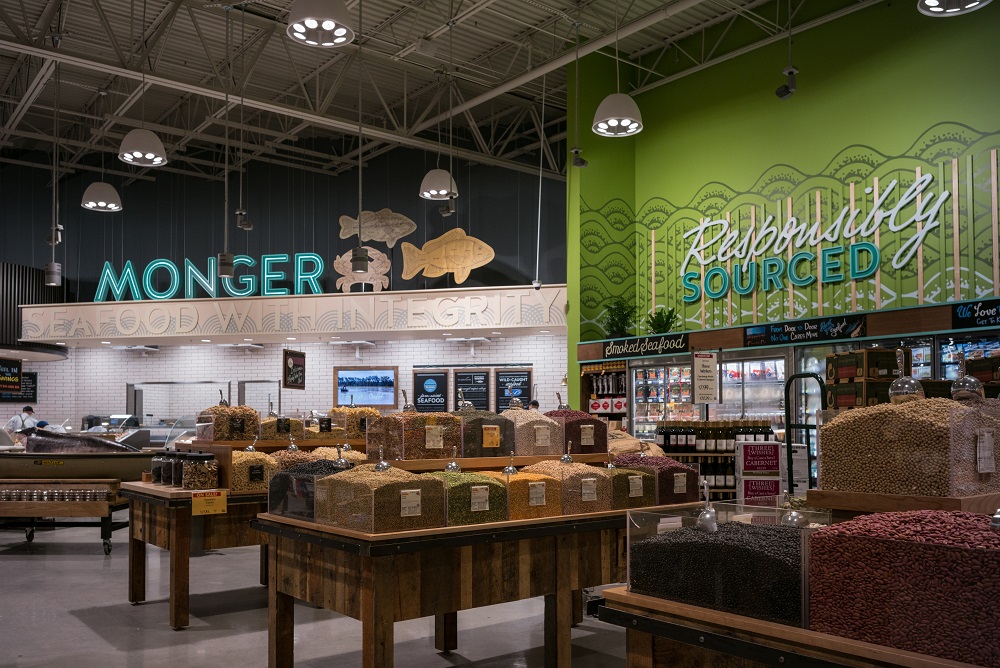

 Photo Gallery3 days ago
Photo Gallery3 days ago
 Headlines1 week ago
Headlines1 week ago
 Sector Spotlight2 weeks ago
Sector Spotlight2 weeks ago
 Headlines1 week ago
Headlines1 week ago
 Headlines4 days ago
Headlines4 days ago
 Headlines2 weeks ago
Headlines2 weeks ago
 Designer Dozen1 week ago
Designer Dozen1 week ago
 Headlines3 days ago
Headlines3 days ago
